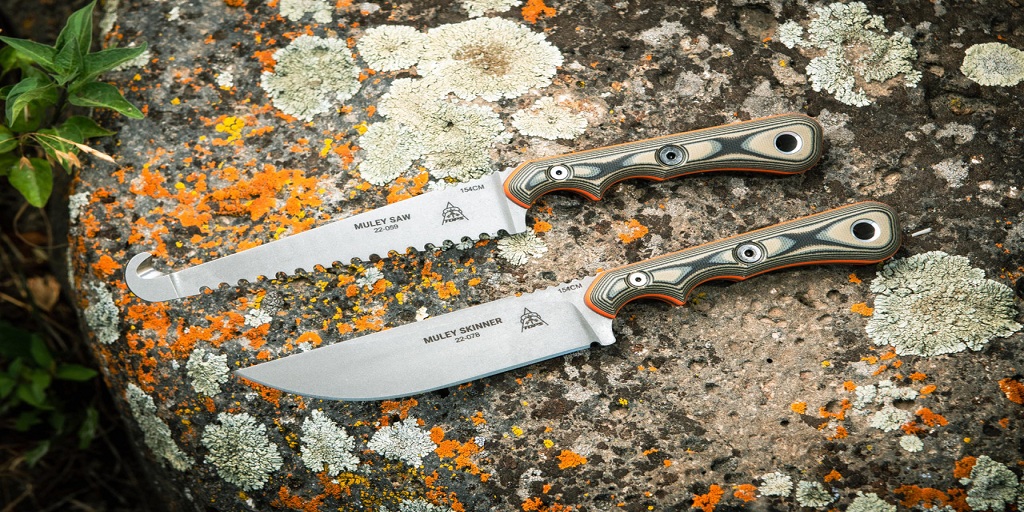
Most people agree that anyone who is serious about the outdoors, bushcraft, or survival needs a good survival knife. You can find a wealth of information regarding survival knives online, though the best way to know how a knife handles is to use it in the field.
When shopping for knives, it’s always important to think about utility. More importantly, there are at least two primary factors to think about before settling on a knife to buy or carry: the knife’s intended use and the knife’s physical attributes. There are a few important design features to consider when choosing a survival knife.
Full-Tang
A complete tang is the first requirement for a survival knife. When a knife is described as “a full tang,” it signifies that both the blade and the handle tang are made from the same piece of steel. The blade’s tang serves as the foundation for the handle scales.
Some survival knives include a hollow handle that is either molded onto the blade or attached by a bolt or welding. Unfortunately, the spot where the blade is joined to the handle is often weak and breaks. However, hollow-handle knives have seen tremendous development in recent years, leading some to suggest them as a practical tool, especially when the full tang is skeletonized.
Blade’s Thickness
If you plan on prying something apart with your knife, you should consider the thickness of the blade. The thickness of the blade is another must-have feature for a survival knife. The ideal blade thickness for a survival knife is between.165 and.200 inches.
You’ll have a long-lasting, sturdy blade if you treat it right and avoid putting too much force across the side of the blade. Thin blades can be useful for tasks where blade flexibility is important, but they will not be able to handle most hard tasks.
Length of the Blade
The length of the knife’s blade is the third quality of a high-quality survival tool. Most experts say that the blade of a survival knife or bushcrafting knife should be between 3 and 6 inches long. One knife that fits perfectly in this range is the Bradford Knives Guardian 4, which measures about 4.6 inches in total length. The Guardian 4 comes highly recommended by several survival and bushcraft professionals.
However, a survival knife, like the Winkler Knives Field Knife, with a blade length of 5.75 inches, satisfies the versatility concerns for a survival knife: it may be used to build makeshift traps and to prepare food while also handling heavier jobs like chopping.
It’s important to remember that a knife blade can’t be too lengthy. When performing delicate tasks like skinning or fine woodworking, a knife with a blade longer than six or seven inches is likely to be too large to use effectively.
Blade Grind
An excellent survival knife will have one of two blade grinds: a Scandinavian grind or a flat grind. In terms of popularity, the Scandinavian grid is the clear winner, as seen in great knives like the TOPS Little Bugger. These two grinds make up most of the survival knife market because they are the easiest to keep sharp when going on an adventure.
There are a variety of blade grinds, some of which can only be sharpened with specialized equipment or training. That’s why you’ll find these blade grinds on most premium bushcraft and survival knives only. As a guideline for selecting a survival knife, use the four points mentioned above. For these and other featured survival knives, as well as many others, check out The Knife Connection.


